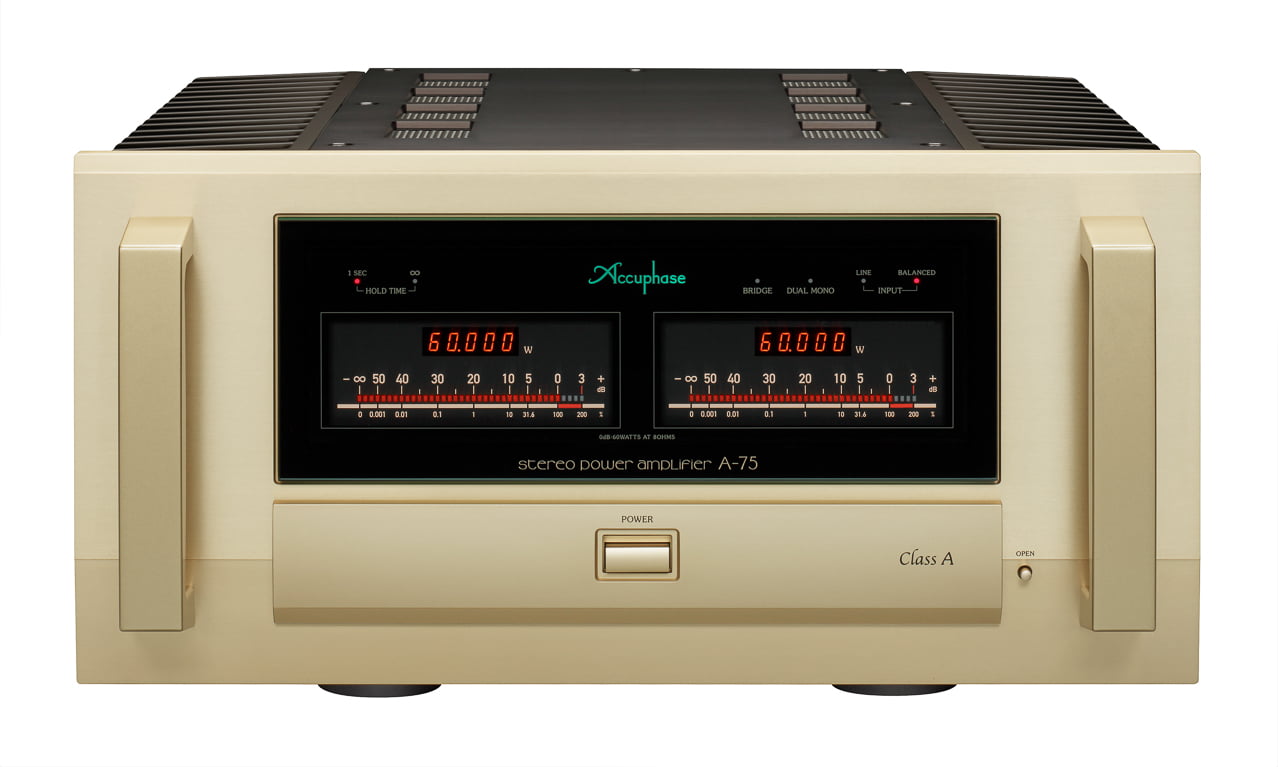Class A is the gold standard and always used where cost is not a factor.
Based purely on performance and sonics, the highest-fidelity amplifier design is class A. Speaker sensitivity, combined with your amplifier’s power output, determines the system dynamic range, an important consideration not to be overlooked though.
No Compromise
Nothing sounds better than a well-designed, well-built class A amplifier. That’s because it’s the least compromised topology. This is also why you will always find class A designs where cost is no object, and in low-power circuits like preamps and headphone amplifiers, where highest fidelity is critical and class A circuits can be implemented without great additional cost.
For example, think about this: If class D designs were sonically the best performers, they’d be used everywhere, in preamplifiers, headphone amplifiers, phono amplifiers etc, especially given their efficiency and low cost. But they’re not. Why not when they are the cheapest amplifier designs to build?
Because nothing beats discrete, inefficient, linear, class A designs for signal purity and sonority. Engineers, equipment designers and manufacturers know this, of course. Engineering truths like this one can teach us a lot. Another interesting engineering fact is that cutting lathes are direct-drive… I wonder why that might be…?!
We can refine this further by stating that the very best solid-state class A amplifiers are generally MOSFET designs. FETs behave more like tubes than bipolar devices do. They are voltage devices, meaning tiny low-current signals drive them, making them very sensitive and simplifying circuit design and the signal path.
For this reason, cost-no-object class A designs like my Accuphase A-75, the Accuphase A-300 and many others including various BAT designs like this BAT VK-500 and the legendary Parreaux series including my Perreaux PMF-5150B use FETs.

Drawbacks
Never a free lunch as they say and class A speaker amplifiers are hot, heavy and very expensive, because of their constant need to dissipate significant thermal power. For this reason, they’re often relatively low power, at least on paper, because of the need to make them somewhat affordable. Even low-powered class A amplifiers are heavy and much more expensive to make than equivalently specified class AB amplifiers.
High-powered class A amplifiers like my old Krell KSA-150 or the Accuphase A-100 monoblocks are crazy-heavy and expensive. But, when sound quality is priority number one and you have the free space to site a large, expensive, heat-generating amplifier, class A is the only way.
Oils Ain’t Oils
Note that being designated as a class A amplifier does not guarantee it will sound great. The plethora of cheap Chinese class A equipment bears testament to this. You do get what you pay for and there are many good reasons why an Accuphase A-75 class A stereo power amplifier costs $35,000 AUD and a Vincent costs $3,000!
There are of course Chinese ‘clones’ of Accuphase amplifiers, designed to suck in those who would believe that a $3000 cheaply constructed not even close rip off of a famous hand-made in Japan amplifier could ever approach to the real thing. These ‘Red Dot’ rip offs will always be the literal garbage that they appear, and they will always exist, appealing to the same people who buy a fake Rolex and imagine that they got a great deal!
Other Considerations
Keep in mind that dynamics and the ability to generate realistic sound pressure levels are as important as smoothness and low distortion in hi-fi terms. By these measures, some class A amplifiers may struggle with less sensitive speakers, simply because they lack power. Get the power/sensitivity match right though and you will be winning.
Also, keep in mind you can get nearly all the way there, and get better dynamic fidelity with high-bias class AB designs. These offer a small amount of class A power – anywhere from 3 – 15 Watts, and from there revert to traditional class AB. For most normal listening, these are class A amplifiers, but with the punch of something much bigger. They lack the fancy power supplies and MOSFETs though, in most cases.
Discover more from LiQUiD AUDiO
Subscribe to get the latest posts sent to your email.
